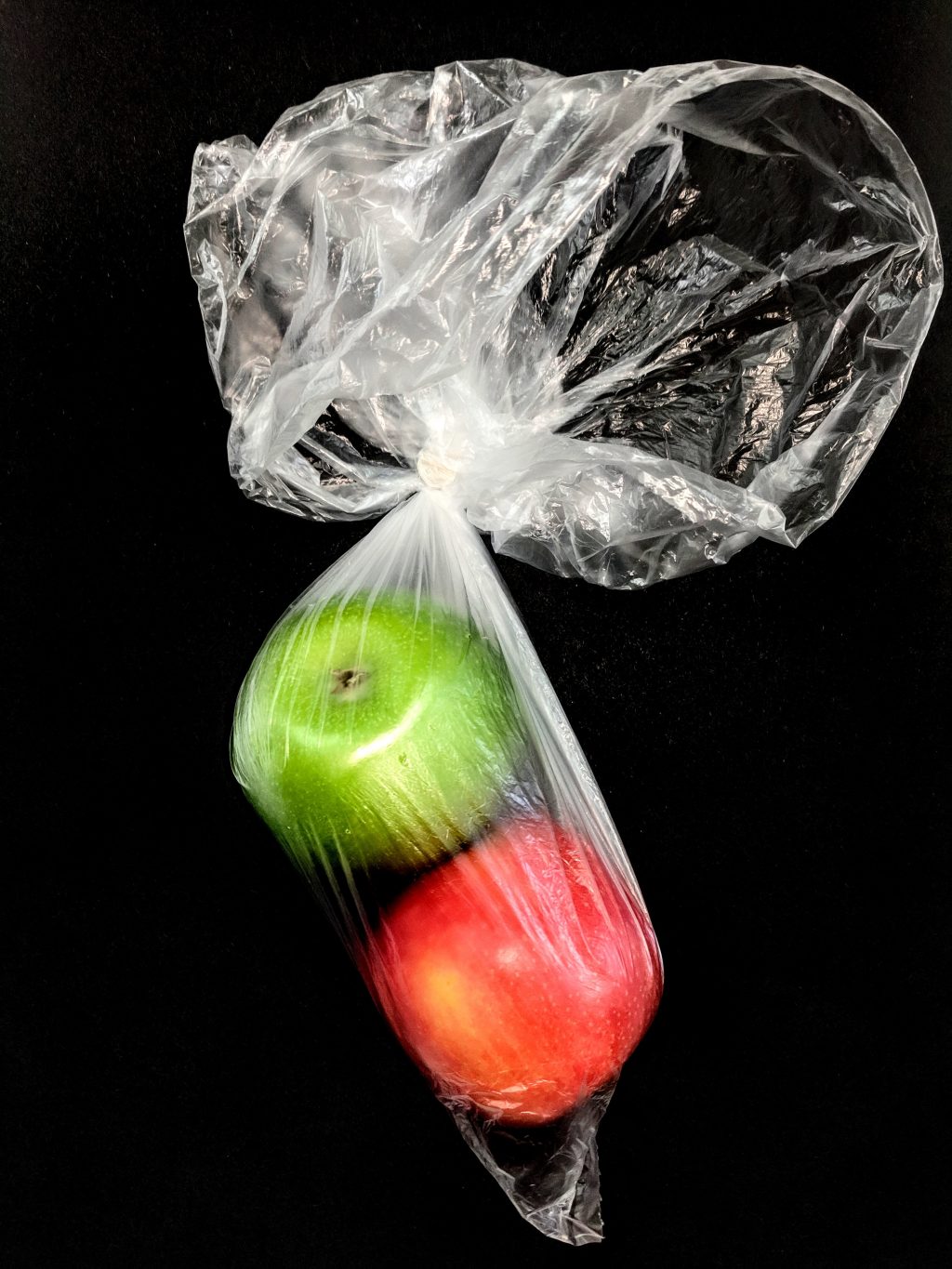
10 food waste tips for school and home
Reducing the amount of food waste at school and home alike is good for both the environment and your wallet!
- Take only as much food as you can eat – you can always have seconds! However, if you have leftovers, be sure to put them and your napkin in the biowaste bin.
- Do not skip the school lunch! According to the School Health Promotion study, up to 47% of pupils in 8th and 9th grade skip at least one school meal per week. It is difficult for the cafeteria workers to anticipate how much food they need to make, but they must be able to provide food for everyone. This means that the inability to anticipate how many people will eat has a direct effect on the amount of food waste.
- Do not go to the grocery store hungry! Go to the store with a full stomach and stick to your shopping list! Impulse purchases increase food waste.
- Store foods correctly. Read the storage instructions on food packages to extend their shelf life.
- Use all edible parts of your ingredients. The internet is chock-full of food waste cooking tips!
- Utilise leftovers! Yesterday’s lunch can be today’s dinner.
- Use the refrigerator and the freezer smartly! Place easily spoiled foods at the front of the fridge to help you remember to use them first!You can put many foods in the freezer to extend their shelf life and make everyday life easier. If you cook more than you can eat, you can stash a meal in the freezer for a busy day. Or if a package of bread is threatening to go stale on the table, you can freeze half of it as soon as you open the package.
- A ‘best before’ date is not the same as a ‘use by’ date! You can tell whether food has gone bad by smelling and tasting it. However, be particularly careful when dealing with easily spoiled foods, such as meat and fish.
- Encourage your family to fight food waste. Reducing food waste concerns your whole family.
- Estimate your food waste with a calculator. Keep track of your household’s food waste and see what areas are in need of improvement.
